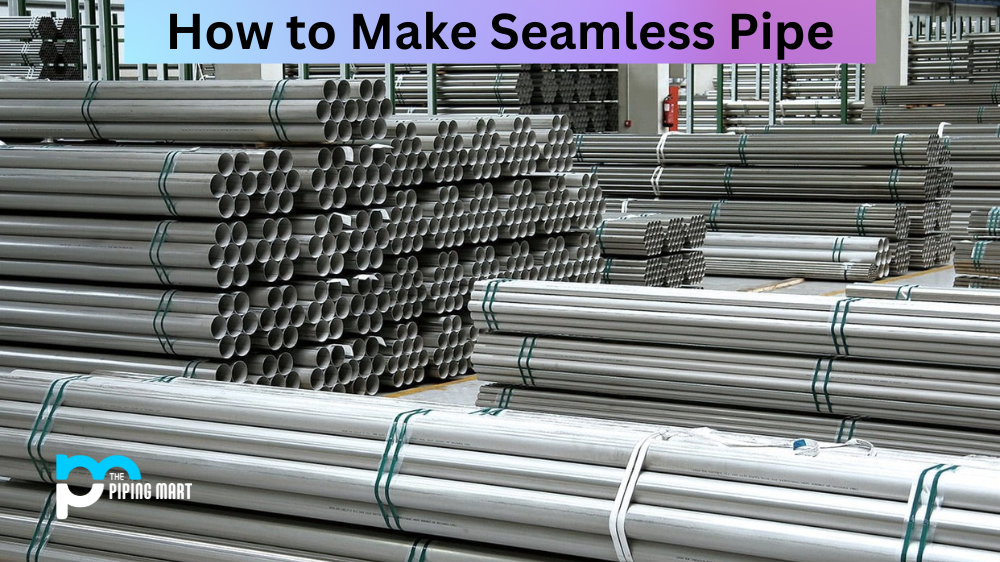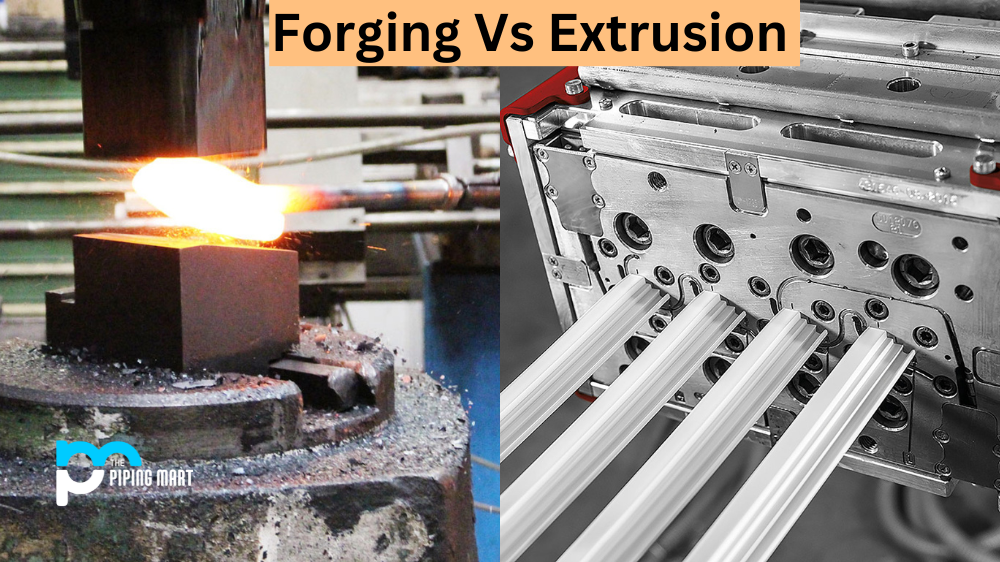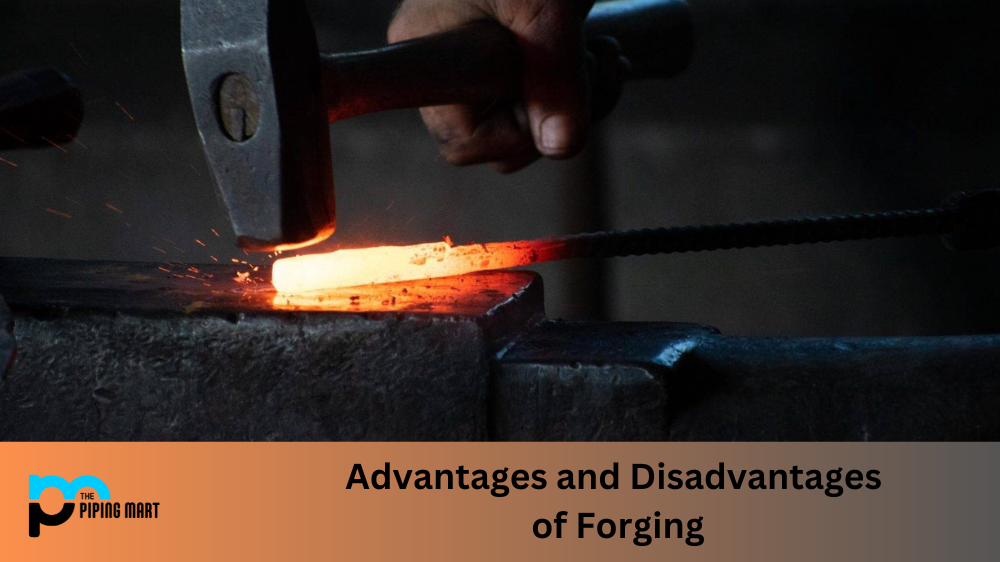Welding has been a critical component in the manufacturing and construction industries for many years. With technological advancements, new welding techniques have emerged, providing different ways to combine metal pieces. One of these techniques is Cold Metal Transfer (CMT) welding, which allows for greater precision, control and speed than traditional welding methods. However, as with any technology, it has its advantages and disadvantages. This blog post will explore the pros and cons of CMT welding.
Advantages of CMT Welding
CMT welding offers numerous advantages, such as excellent weld joint quality, higher productivity, reduced operator fatigue and improved process control. It also reduces the burn-through risk due to its precise control over heat input and execution time. In addition, it provides good arc stability resulting in less spatter and improved weld bead shape. The following are the key advantages of CMT Welding:
Precise Welding
CMT welding is a highly precise technique that can produce high-quality welds. It uses a controlled and consistent wire feed that provides greater accuracy, even when welding thin metal sheets. This precision is essential when welding parts that require attention to detail, like aerospace, automotive, and medical devices.
Reduced Heat Input
Since CMT welding uses lower power and smaller welding arcs, it results in less heat input. This is advantageous as it reduces the risk of heat distortion, often when welding thicker parts. It also improves the weld’s quality and reduces the required finishing.
Less Spatter
CMT welding produces less spatter compared to traditional welding techniques. This is a huge benefit, especially when welding parts that require a high degree of cosmetic finishing. It also reduces post-weld cleanup time, resulting in more efficient production.
Disadvantages of CMT Welding
CMT welding suffers from high metallurgical risks, such as brittleness and cracking. This occurs due to high-temperature gradients during the process, and it isn’t easy to guarantee the complete fusion of components in this type of welding. Additionally, CMT can be expensive and requires careful monitoring during the welding process. The following are some major disadvantages of CMT Welding:
Limited Material Thickness
While CMT welding can weld thin sheets precisely, it is unsuitable for joining thicker materials. It has limitations in welding thickness and may need to produce better results when welding heavy-duty parts.
Higher Equipment Costs
CMT welding requires specialized equipment that can be expensive to acquire. It is also more complex than traditional welding methods, leading to additional maintenance and repair expenses.
Required Skill
Despite its numerous advantages, CMT welding is only suitable for some. The process requires highly skilled and experienced welders to operate the equipment correctly, leading to additional training and development expenses.
Conclusion:
As with any welding technique, CMT welding has pros and cons. Its highly precise welding reduced heat input and less spatter makes it advantageous, especially in delicate welding projects. However, its limited material thickness, high equipment costs, and required skill level are factors to consider when deciding whether to use CMT welding. Always do your research and work with experienced and qualified professionals who understand the process and can provide insights and recommendations on how best to proceed with your project.

Abhishek is a seasoned blogger and industry expert, sharing his insights and knowledge on various topics. With his research, Abhishek offers valuable insights and tips for professionals and enthusiasts. Follow him for expert advice on the latest trends and developments in the metal industry.




